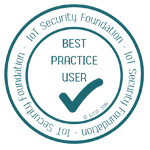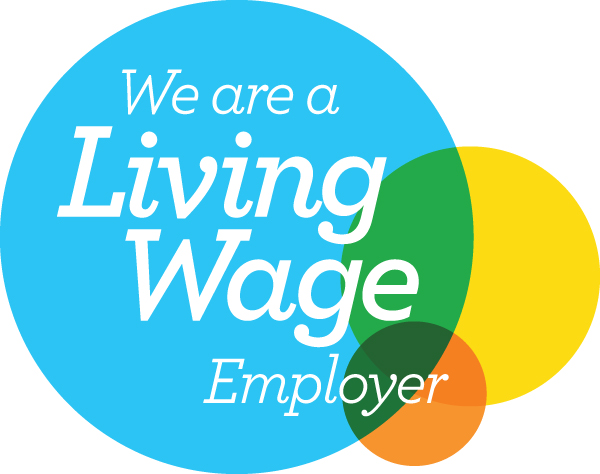Using IoT to Rebuild after Covid

If you told friends a year ago that in twelve months’ time they’d have to wear masks to go to the shops, only be allowed to go out at certain times, mix with just a few people and work from home if possible, you’d have been laughed out of the room.
Well…how much has changed in just a few months. 2020 has been so challenging for so many; for individuals, for society as a whole, for business and for governments, both local and national. No-one has been unaffected and, along with the direct and immediate effects of the Covid-19 pandemic, additional challenges have arisen relating to how government and business can effectively support their customers and communities under increased cost pressures and increasing rates of sickness.
The road to recovery for the economy and society is not a simple one, it will comprise several elements and require extensive collaboration between all pillars of the community.
Clearly, this situation was not factored into many organisations’ roadmaps, however it has emphasised the need for creative thinking and innovation across sectors. Pressures on business and local authorities are always changing but, now more so than ever, budgets are tighter, demands on services are increasing, compliance obligations are tighter and operating methods are having to shift, allowing people to remain distanced from each other.
Technology undoubtedly has a huge role to play in this re-thinking of how we all go about our daily lives and we have been working hard to ensure the IoT solutions we provide help organisations adapt to their new realities.
How could The Internet of Things help?
The internet of things (IoT) describes systems of interconnected devices that pass situational data, allowing organisations to make smart decisions, faster. By using remote monitoring devices, we are able to collect environmental data in real-time. This data is transmitted to a central database and analysed, enabling alert systems to provide immediate insight that helps organisations decide on an appropriate course of action, dependent on the solution.
The benefits of such solutions are multiple;
• Insight can be obtained in real-time without manual intervention, allowing more regular decision making
• Data can continuously be collected from remote locations, again improving the ability of organisations to take swift action and in a less labour-intensive fashion
• This efficient method of data collection and reporting allows resources to be deployed to other areas in need of support, improving service delivery and efficiency
• Regular real-time insight enhances an organisations ability to remain compliant
There are many other benefits relating to carbon emission reduction, positive impacts on society and a constant challenge to innovate but, these few highlighted above are particularly relevant to the benefits that IoT solutions can bring in relation to emerging from the Covid era with guile and confidence.
Where can IoT be applied to help these organisations?
The beauty of the IoT is that its uses are endless but, from frequent discussions with local authorities and private sector organisations we are focusing our efforts in a few key areas that we know present a constant challenge.
Smart parking solutions allow us to improve the efficiency of local authorities in managing this vital service whilst improving parking availability for residents and visitors alike.
Our smart bins service helps local authorities and waste management organisations optimise their collections, thus improving efficiency and community environments.
Legionella mitigation and emergency lighting solutions powered by IoT allow organisations to ensure compliance in these vital areas with increased accuracy and confidence and in a far more efficient manner, reducing the need for site visits by between 75 and 90%.
Social care providers are facing increasing demand to support the vulnerable in society, with reduced budgets. Our assisted living solution allows care givers to identify service users that may be at risk or have suffered illness or injury. By swiftly identifying such situations through remote monitoring, providers can efficiently prioritise resource to aid those most in need.
Footfall monitoring is an area that has become increasingly important in helping public and private sector organisations manage crowds during the pandemic. Understanding where people are moving in real-time can help manage traffic flows and improve health and safety decision processes.
Moving forward
This short piece demonstrates just some of the ways in which technology can help society emerge from this strange time with renewed vigour but it is just a part.
Mindsets need to shift, creativity needs to come to the fore and organisations need to collaborate. If this happens then there is a great opportunity to, not just cope with the situation, but to create a platform for future growth through new ways of working.





